Decarboxylation ... getting that CBD goodness.
This afternoon I Decarboxylated some more of my Freedom Dream High CBD flowers and leaves to use in my High CBD Tea........ and I found 54 more seeds to plant.
I preheated the oven to 230 F then broke up the flowers and leaves and placed on a cookie sheet and into the oven for 30 minutes...
I added a little Charlotte’s Web and Cookies to the mix.
The scientific definition of “Decarboxylation” is that it is a chemical reaction that will remove a carboxyl group and release carbon dioxide. The process converts inactive components in cannabis into active components, which unlock the effects that many people are looking for. With time, cannabis can go through the decarboxylation process on its own, or there are other ways that you can speed up the process.
The two main catalysts in the decarboxylation process are heat and time. Curing and drying cannabis over time will result in partial decarboxylation. Smoking and vaporizing can instantly decarboxylate cannabinoids as a result of the extremely high temperatures that are present, and this makes them immediately available for absorption via inhalation. However, people with respiratory conditions, children, or the elderly who are attempting to use cannabis for its medicinal purposes likely will not want to inhale the smoke, so extracting numerous cannabinoids and terpenes in the form of oil is often a better strategy.
The decarboxylation process is important for getting the most out of the CBD. After the process activates it, CBD is available to be used within the body.
In the past, CBD-A has had a tendency to be overlooked with CBD getting the attention of medical researchers. However, there are several studies that are currently examining the potential benefits of CBD, as well, including:
Antibacterial. A study completed in 2000 notes that more CBD-A in a plant will lead to greater antimicrobial potency within the CBD that results after decarboxylation.
Anti-Nausea. A 2013 study published in the British Journal of Pharmacology showed that CBD-A could be used as an alternative to THC when it comes to preventing nausea and vomiting, and it doesn’t offer the psychoactive properties of THC. It has also been shown to have significant benefits in helping with anticipatory nausea experienced by chemotherapy patients.
Cancer. CBD-A is thought to be one of many cannabinoids that can help to control the growth of tumors in cancer patients. A 2012 study published in Toxicology Letters found that CBDA could work to inhibit the migration of breast cancer cells.
More information : https://www.biocbdplus.com/what-is-decarboxylation-how-cbd-a-becomes-cbd
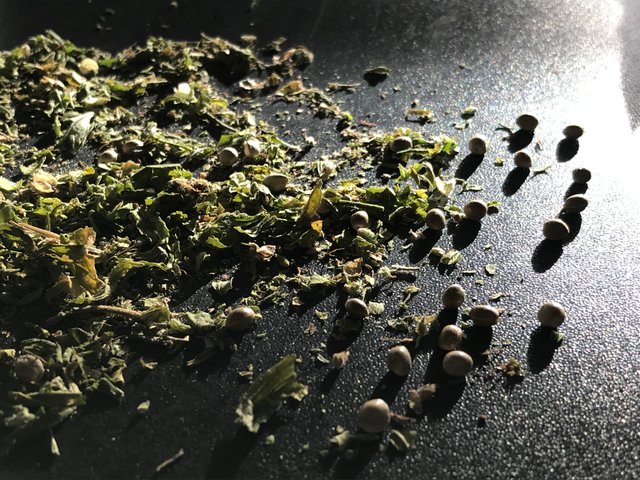

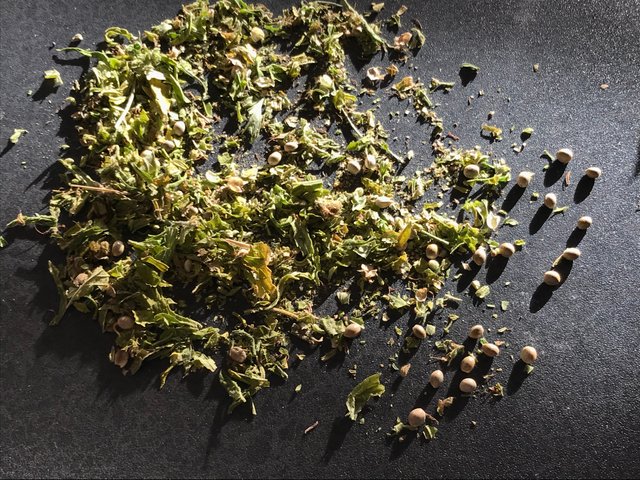
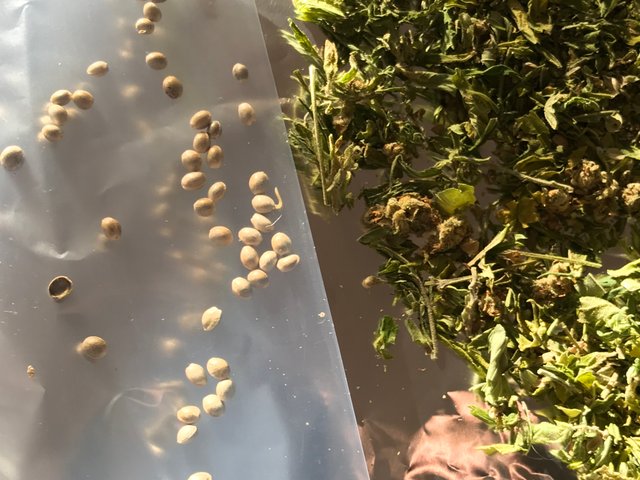
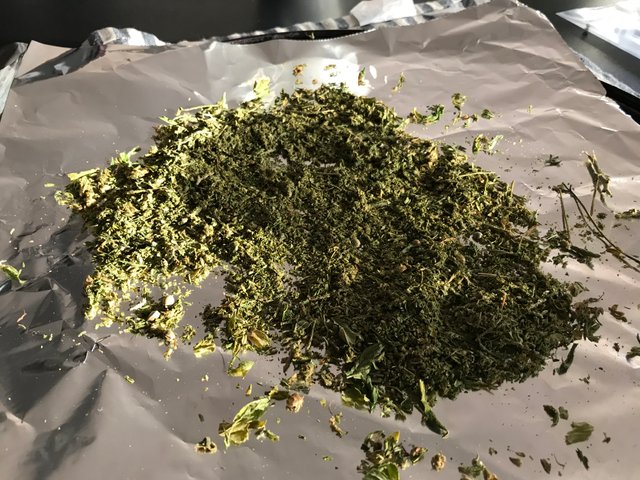
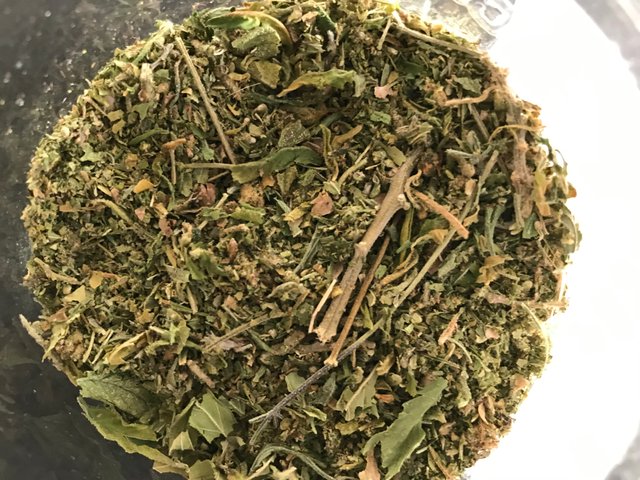

Was just talking about this with my girlfriend's mother the other day, I'm going to share this with her because she was confused about the difference is in the psychoactive components of medicinal components of cannabis.
I am trying to explain this to family here in Canada... but they are all afraid of Cannabis. Maybe when they start to publish more studies on how it cures Cancer it will catch on.
Posted using Partiko iOS
The old "Refer Madness" mindset is difficult to combat in some people. I find if you explain the medicinal values, by showing it in writing, for example, can help. I have an amazing book on medical benefits of Cannabis and the ailments it can help.
Post Has Been Re-Steemed By @dailycannaupvote.